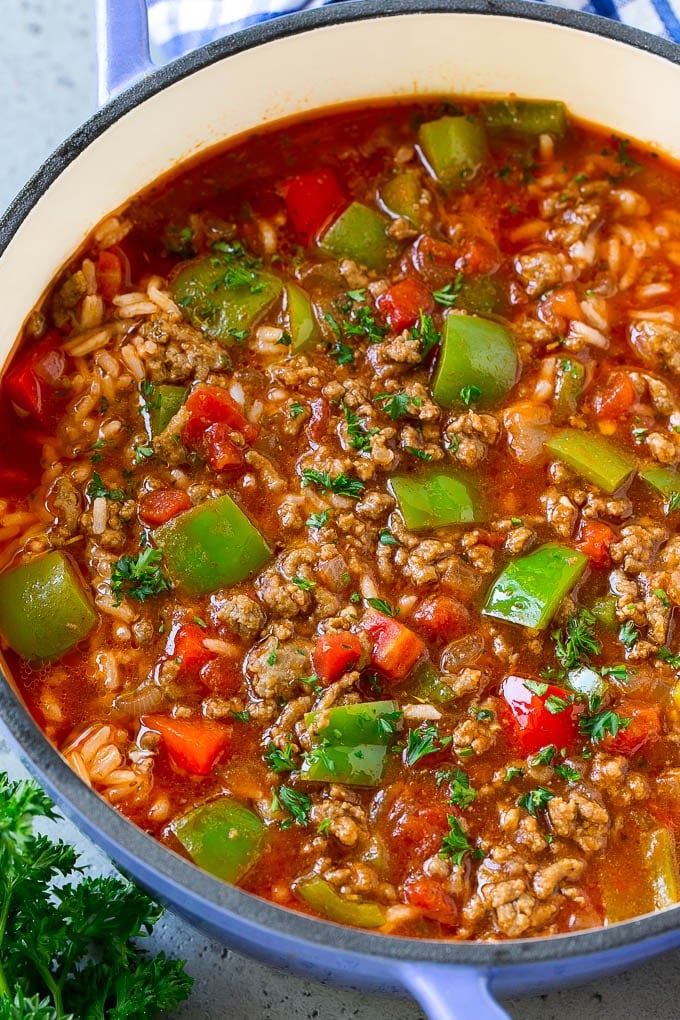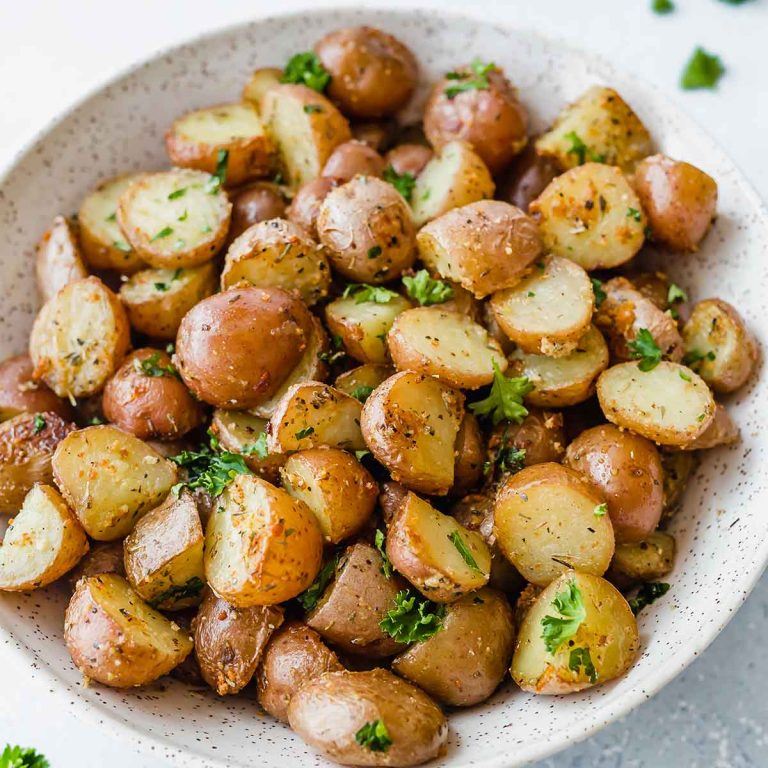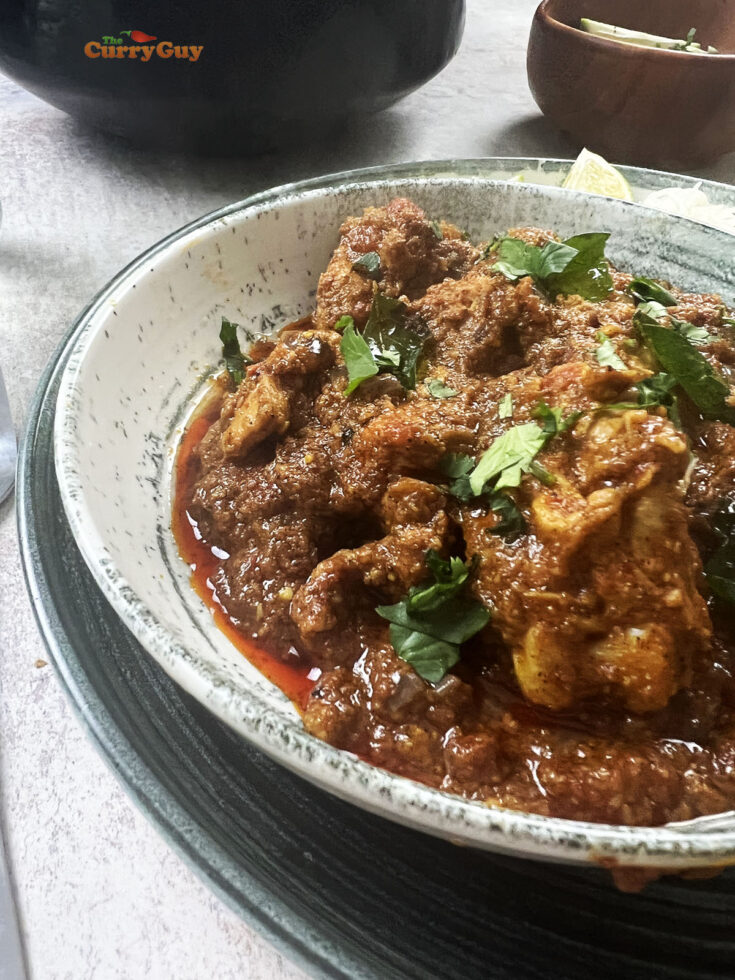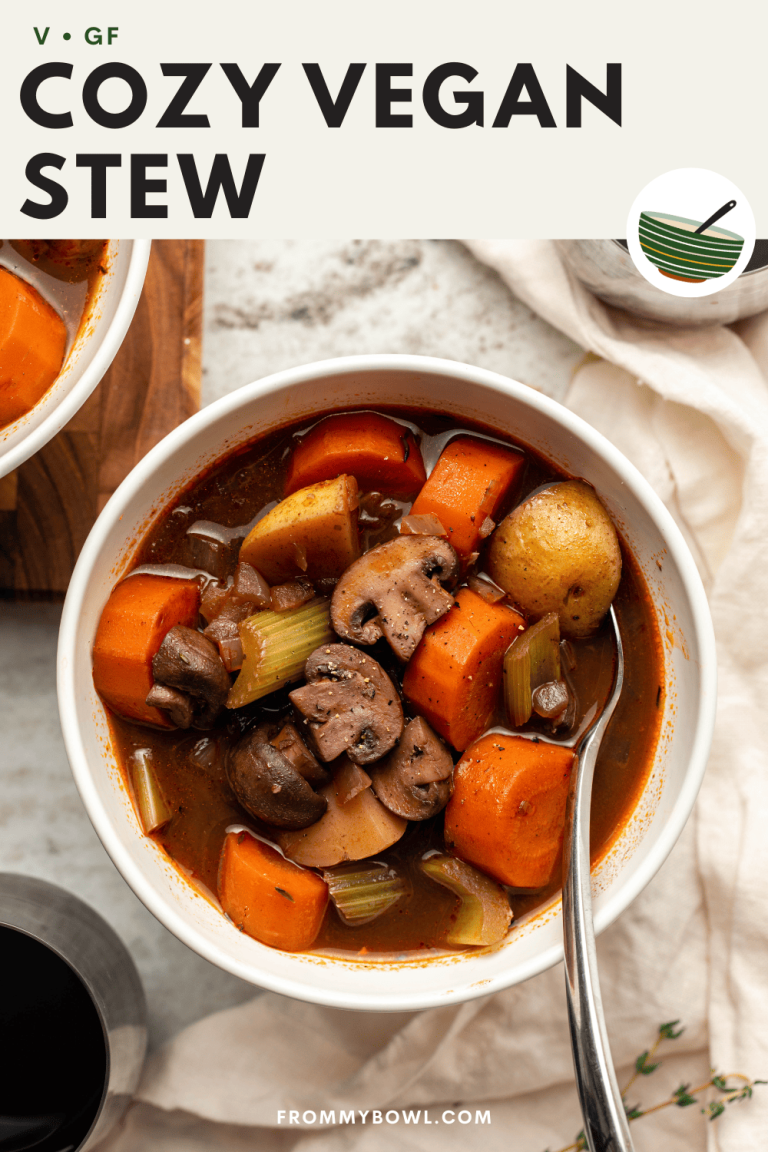Stuffed Pepper Soup Recipe: Nutritious, Easy to Make, and Flavorful Variations
Stuffed pepper soup draws inspiration from the beloved stuffed pepper dish, which has roots in various cultures, including Mediterranean, Eastern European, and Latin American cuisines. This versatile dish often features bell peppers filled with ground meat, rice, and spices. By transforming these ingredients into a soup, chefs have honored tradition while creating a convenient, hearty, and warming meal that’s perfect for any season.
Growing Popularity
Stuffed pepper soup has gained popularity due to its simplicity and flavor-packed profile. Searches for stuffed pepper soup recipes have increased by 25% over the last two years, according to Google Trends. Home cooks appreciate this one-pot meal for its ease and short preparation time. Nutrition enthusiasts also favor it, noting the soup’s balanced mix of proteins, vegetables, and grains. Food blogs, YouTube channels, and social media platforms frequently feature variations of the recipe, further fueling its rise in culinary circles.
Ingredients and Preparation
Essential Ingredients
- Bell Peppers: Use 3-4 medium-sized bell peppers, any color.
- Ground Meat: Choose 1 pound of ground beef, turkey, or a meat substitute.
- Rice: Include 1 cup of cooked rice, white or brown.
- Diced Tomatoes: Add 1 (15 oz) can of diced tomatoes.
- Broth: Use 4 cups of beef, chicken, or vegetable broth.
- Onion and Garlic: Chop 1 medium onion and mince 3 garlic cloves.
- Spices: Include 1 teaspoon of smoked paprika, 1 teaspoon of dried oregano, and salt and pepper to taste.
- Tomato Sauce: Add 1 (8 oz) can of tomato sauce for extra flavor.
- Olive Oil: Use 2 tablespoons of olive oil for sautéing.
- Prepare Ingredients: Chop the bell peppers and onion, mince the garlic, and cook the rice according to package instructions.
- Sauté Vegetables: Heat olive oil in a large pot over medium heat. Add the onion and garlic, sautéing until softened, about 3-4 minutes.
- Cook Meat: Add the ground meat to the pot, cooking until browned. Break it into smaller pieces with a spoon.
- Combine Components: Add the chopped bell peppers, diced tomatoes, broth, cooked rice, tomato sauce, and spices to the pot. Stir to combine.
- Simmer Soup: Bring the mixture to a boil, then reduce the heat. Let it simmer for 20-25 minutes until the peppers are tender and flavors meld.
- Adjust Seasoning: Taste the soup and adjust the salt and pepper as needed. Serve hot.
Nutritional Benefits
Calories and Macronutrients
Stuffed pepper soup provides a balanced mix of calories and macronutrients. Each serving typically contains around 200-250 calories. You get a good ratio of protein, fats, and carbohydrates from the ingredients used. The ground meat, usually beef or turkey, delivers about 15-20 grams of protein per serving. Bell peppers and rice contribute around 30 grams of carbohydrates. Healthy fats, primarily from olive oil, account for approximately 8-10 grams. This balance ensures you receive the necessary energy while maintaining a nutritious diet.
Vitamins and Minerals
Serving stuffed pepper soup boosts your intake of essential vitamins and minerals. Bell peppers are high in vitamin C, offering over 100% of the daily recommended value per serving. They also provide vitamin A, important for vision and immune function. Ground meat contributes iron and vitamin B12, crucial for red blood cell production and neurological health. Additionally, rice delivers magnesium, vital for muscle and nerve function. Consuming this soup helps support a well-rounded, nutrient-dense diet.
Variations of the Recipe
Vegetarian and Vegan Alternatives
You can easily adapt stuffed pepper soup to fit vegetarian and vegan diets. Substitute ground meat with plant-based options like lentils, black beans, or quinoa. Use vegetable broth instead of chicken or beef broth. Omit any dairy-based ingredients; instead, add nutritional yeast for a cheesy flavor. Incorporate more vegetables such as zucchini, carrots, or spinach for added nutrients and texture. This variation maintains the rich flavors but ensures no animal products are used.
Spicy and Mild Flavors
Adjust the spice level of your stuffed pepper soup to meet your preferences. For a spicier version, add ingredients like diced jalapeños, red pepper flakes, or hot sauce. Consider using spicy sausage instead of ground beef. To maintain a milder flavor, stick to sweet bell peppers and avoid adding extra spicy components. Herbs such as basil and parsley enhance the taste without increasing heat, ensuring a balanced and flavorful dish suitable for all palates.
Pairing Suggestions
Best Sides and Beverages
Pairing stuffed pepper soup with the right sides and beverages enhances your dining experience. Choose from healthy, easy-to-make options to balance the flavors of rich, hearty stuffed pepper soup.
- Salads: Garden, Caesar, or Greek salads provide a refreshing contrast to the warm soup.
- Crusty Bread: Whole-grain or sourdough bread complements the soup’s texture and allows for enjoyable dipping.
- Grilled Vegetables: Zucchini, eggplants, and bell peppers add a smoky flavor, aligning well with the soup’s profile.
- Rice or Quinoa: Serve alongside the soup for added protein and texture, perfect for a complete meal.
For beverages, consider both warm and cold options:
- Red Wine: A medium-bodied Merlot or Zinfandel pairs excellently with the soup’s robust flavors.
- Iced Tea: Unsweetened or lightly sweetened iced tea refreshes your palate between bites.
- Sparkling Water: Enhance a simple meal by adding a touch of elegance and carbonation.
Complementary Spices and Herbs
Enhancing your stuffed pepper soup with complementary spices and herbs elevates its flavor and aroma. Experimenting with a variety of seasoning blends can make a notable difference.
- Paprika: Adds a subtle sweetness and depth, perfect for savory soups.
- Cumin: Offers an earthy flavor that pairs well with bell peppers and meaty components.
- Oregano: Enhances the soup with its aromatic and slightly bitter profile, often found in Mediterranean dishes.
- Basil: A fresh and sweet herb, ideal for a bright note in the soup.
For herbs, fresh or dried options work:
- Parsley: A common garnish, it provides a refreshing taste and vibrant color.
- Thyme: Known for its woodsy flavor, complements the soup’s base ingredients.
- Cilantro: Adds a citrusy zing, particularly suitable for those favoring a Mexican-inspired version.
Incorporating these spices and herbs transforms your stuffed pepper soup, offering a unique and delightful dish each time you prepare it.
Conclusion
Stuffed pepper soup offers a versatile and nutritious option for any meal. With its simple preparation and endless variations, you can easily tailor it to your dietary preferences and spice tolerance. Whether you prefer a vegetarian version or a hearty meat-filled option, this dish has something for everyone. Pair it with your favorite sides and beverages to create a complete and satisfying meal. Experiment with different spices and herbs to keep the flavors fresh and exciting each time you make it. Enjoy the delightful and comforting experience of stuffed pepper soup in your kitchen.






